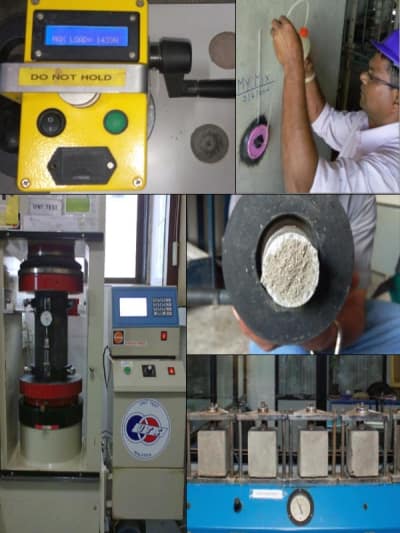Structural audits play an important role in ensuring the health and longevity of buildings. Sohm conducts structural audits to evaluate the structural integrity of a building, identify potential safety hazards, and recommend repairs or improvements. These audits are conducted by experienced engineers who use sophisticated techniques to inspect the structure of a building and ensure that it meets all relevant standards and regulations. The audit report is then used to inform decisions about how best to maintain or improve the building’s structure. This helps reduce risks associated with structural failure and can save time, money, and energy in the long run.

Purpose of Structural Audit
Users
Advantage OF Sohm
Tests Conducted
Purpose of Structural Audit
-
To save human life and buildings and warn against any potential threats or failures
-
To understand the condition and health of a building and to project the expected future life
-
To find critical areas that need to be attended or repaired with immediate effect
-
To comply with statutory requirements of municipal authorities
-
To proactively assist the residents and the society to understand the seriousness of the problems and the urgency required to attend to the same
-
To enhance the life cycle of a building by suggesting preventive and corrective measures like repairs and retrofitting
Users
-
For insurance
-
For bank mortgage
-
For valuation
-
For structures that show distress
-
For damage assessment due to earthquake, fire, blast, vibration, corrosion etc.
-
For proposing additions, alterations and/or extensions in building/structure
Advantage OF Sohm
The advantage of Sohm for structural audit:
Decades of experience: Sohm has the expertise and strategic relationships with technical personnel with decades of experience to provide testing, inspection, and auditing services.
Testing Capabilities: Sohm’s structural audit services also include a detailed report that outlines any potential risks associated with a structure, as well as recommendations for any remedial work needed to ensure safety and compliance with relevant regulations.
Tests Conducted
Visual Inspection :
A visual inspection is one of the most important steps in this process, as it helps to identify any visible signs of damage or deterioration.
This can include cracks, rot, rust, or other signs that indicate a need for repair or replacement.
Non-Destructive Testing:
The structural integrity of a building is initially determined by visual inspection; however, the strength and durability of concrete is an essential factor that decides its longevity and safety. For this purpose, non-destructive testing (NDT) should be carried out to check concrete strength, chemical attack resistance, and corrosion assessment, among other things.
Analysis Report:
- Recommendations for repairs based on the assessment of deterioration, breakage, and faulty materials.
- Retrofitting, and restoration measures to bring the damaged components up to the required standard.
- Strengthening the current components of the building to make it more resistant to collapse and increase its load-bearing capacity.

